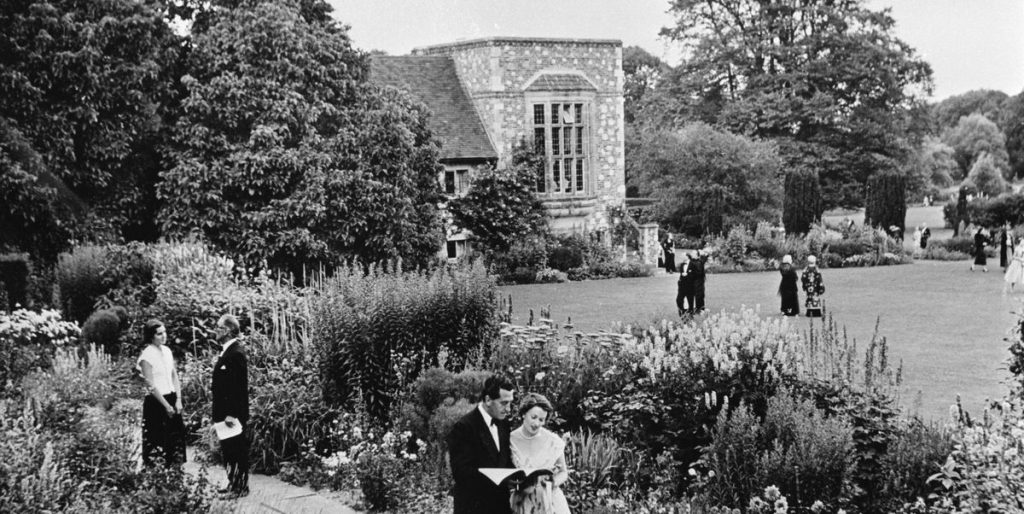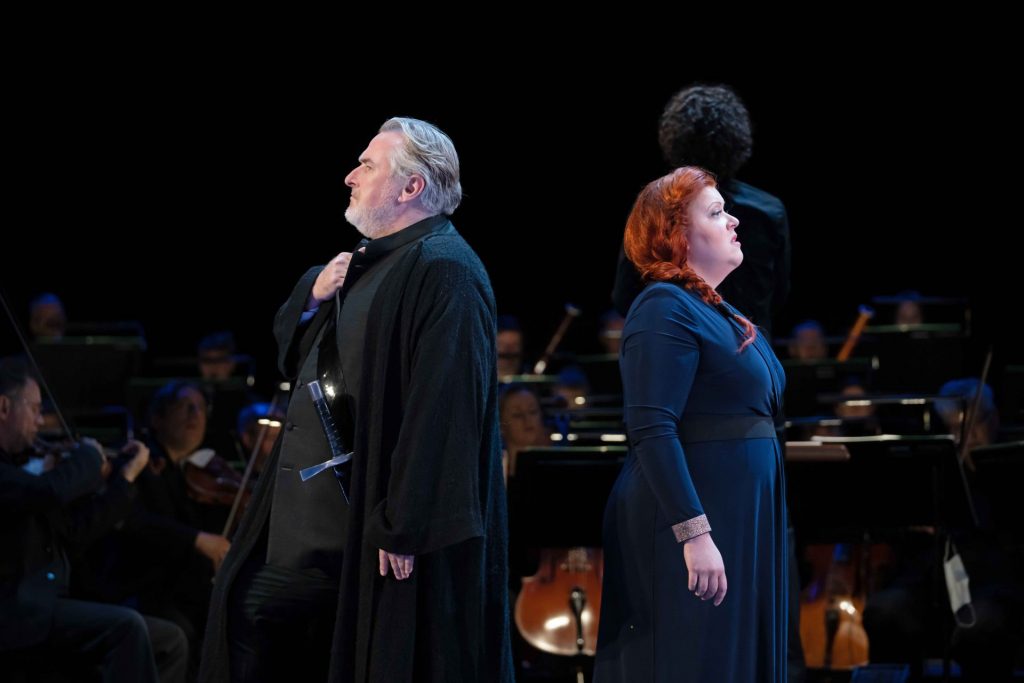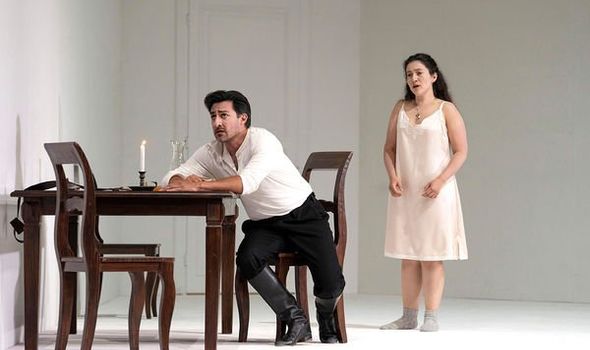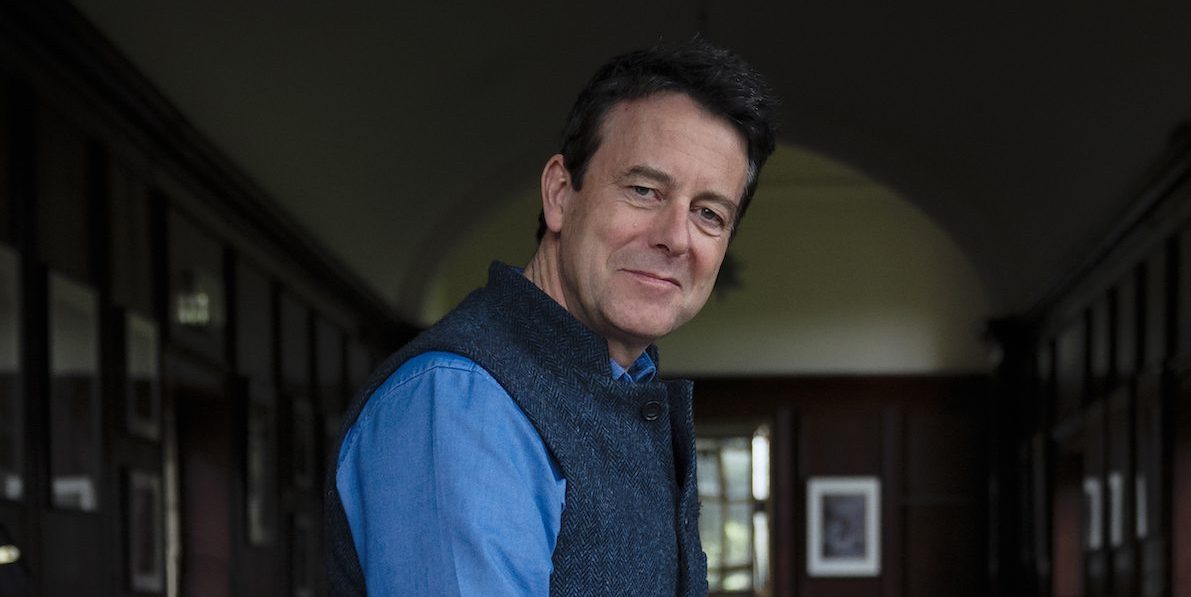Since 1934, Glyndebourne has established itself as one of the world’s most sought after sites for opera; and for good reason, too. Tucked away in the heart of the Lewes countryside — away from the bustle of theatre’s usual metropolis — the house is a crucible of first-rate talent, manicured gardens, and champagne picnics. And yet, the past seventeen months have fractured the arts sector like no other, and Glyndebourne has felt it first-hand. From the government’s volatile roadmap to the pressures of the “pingdemic”, Covid regulations have prompted institutions into a state of adapting or collapsing. Over the course of an hour — and a cup of tea — I interviewed Glyndebourne’s executive chairman, Gus Christie, to find out how and what the house has done to stay afloat.

Having endured some of the most trying times in the house’s recent history, Christie assures me that “it will take more than a virus to defeat us”. From casts and musicians to media and outreach, Glyndebourne’s pandemic agenda comprised “crisis management”. To combat the ever-changing restrictions, after having no choice but to cancel their initial May festival, the house decided to utilise their idyllic grounds whilst in-door performances were to take a backseat. “We did things outside, built a new stage (by the bottom of the lake with a reflector screen behind it), arranged seats for 220 audience members outside, and put on 25 nights of concerts”. By the time the second half of the season was coming round, the team had become well-versed in the potential — and inevitable obstacles — brought around by space and sound. “We built another stage by the courtyard, with the Orchestra of the Age of Enlightenment (OAE) performing concerts for three weeks, followed by the London Philharmonic Orchestra (LPO) playing different repertory: Wagner, Mahler, and Ives”. What makes for a particular testament to the house’s — and musicians — resilience was their chameleon capacity to adapt to the space and elements around them. “We had brass players on one side of the lake; and another lone trumpeter on the other side of the field… we decided to really use the space”. In true Glyndebourne fashion, there was also enough space for “picnic intervals under the trees”, whilst another program harnessed Offenbach’s operatic farce, Mesdames de la Halle. “A light romp to lift everyone’s spirits… just what people needed!”.
What did pose some problems, though, as Christie recalls now with a laugh, is just how fragile things out of the house’s control were. “We were making decisions only 48 hours before each performance, constantly looking at weather apps. It wasn’t just rain that was the problem, it was the wind…and occasional airplanes. We even had one person fielding all of the music that kept flying into the lake!”. Banding together to make things run, though, seems to be Glyndebourne’s forte. When the elements were on their side, “birdsong and Mahler lieder on a lovely afternoon, played by the cream of the London philharmonic” adorned the house. A steadfast reminder of just how coveted Glyndebourne performances can be.
Now that restrictions are being lifted, and vaccinations are restoring life to near normalcy, the house has been able to put on larger scale works. “We have not cancelled a single show!” Christie beams, “and it’s all thanks to our team, it wouldn’t have been possible without them.” With the season exploring operas including Verdi’s Luisa Miller through to Wagner’s cosmic Tristan und Isolde, audiences have been able to experience talents of the highest calibre. When asked what the best part of his role as chairman is, Christie without hesitation praises “the people side! Discovering new talents… though this year it’s been a little more difficult to mingle with the casts.”

Talent abounds in Glyndebourne. And it is hardly surprising that the house has been a springboard for so many. With the likes of Dame Janet Baker starting their musical careers in the Glyndebourne chorus, the house’s undeniable appeal for young singers makes it a coveted place to launch a career. One of Christie’s stars-to-watch has been Mané Galoyan, whose title role in Verdi’s Luisa Miller had audiences and critics alike raving of her revelatory voice. Launching a career amidst a period of pandemic uncertainty, though, has made opera’s social aspect more difficult. “Restrictions have had us all bubbled, and members are assigned to specific groups to keep eachother safe”. Since Glyndebourne is a house where singers — and their families — are able to stay during performances, it has been a uniquely quiet year for the house. “Getting to know everyone is part of what is unique at Glyndebourne”, so hopefully by the time the house’s next season is underway, things will be restored.

So, what are some things audiences can look forward to now that the world seems to finally be opening up again? “We are working on some really exciting things. Diversity is one of the aspects of opera that we are working on; we’re having works by female composers (Ethel Smyths’s “The Wreckers” is making its debut!”), we’re having a greater number of female conductors and musicians, and we’re making sure to keep our schemes for Under 30s and 40s (Fortissimo) open and accessible”. Alongside this, Glyndebourne has been consistent throughout this period at keeping its streaming and virtual outlets accessible. “Our online resources, particularly our streams and Youtube platforms have had almost 800,000 streams!”, Christie tells me with genuine excitement. And that’s not all. “We’re taking Tristan with our Musical Director Robin Ticciati to the Proms this year! There are more concerts on their way, too. Soprano Danielle de Niese — “my wife!” he beams — and Sir Bryn Terfel will be performing “a musical celebration”, and there’s a charity event “Bringing the House Down” to raise money for the Meath Epilepsy charity. In other words, Glyndebourne is waving the flag for opera as proudly as ever, and it wouldn’t be possible without the resilience of its team.
- Photographs: © Glyndebourne Productions Ltd. Photo: James Bellorini

